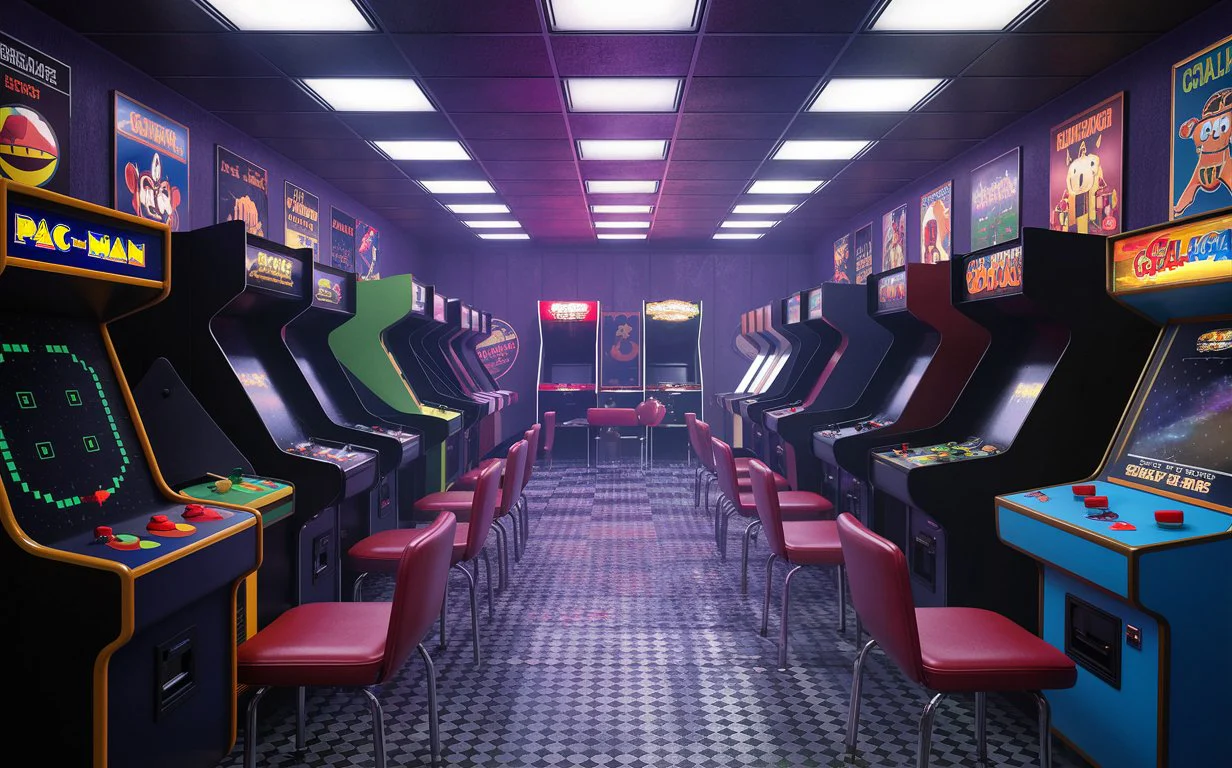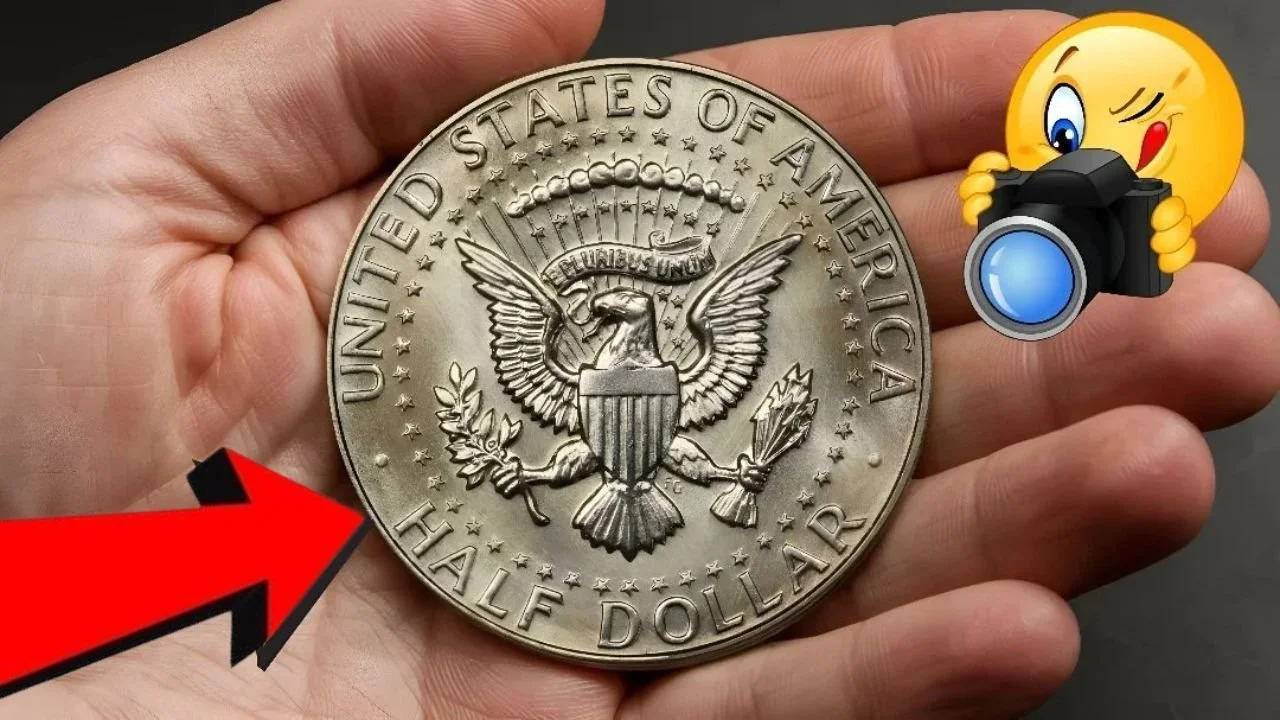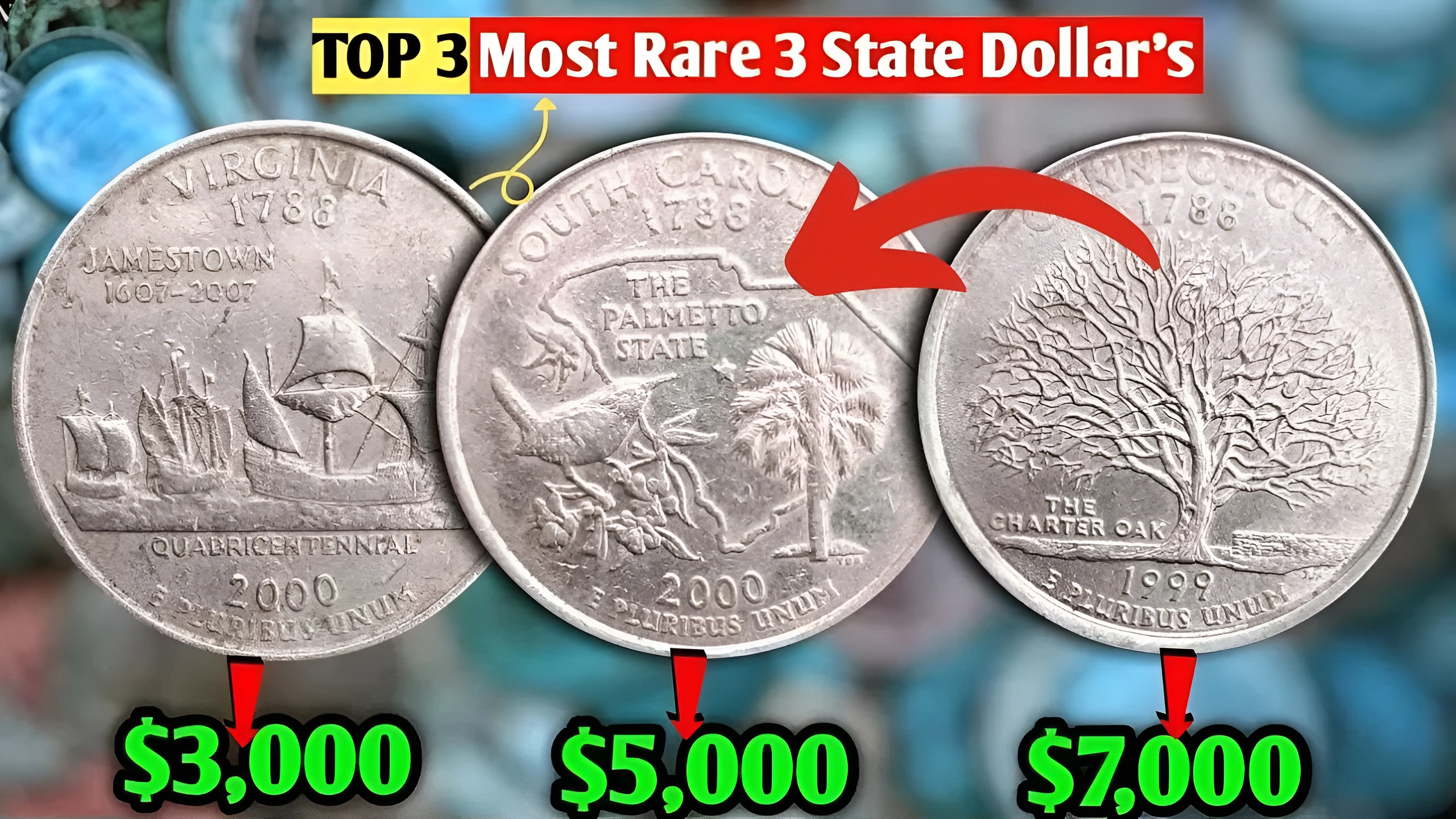
The Timeless Appeal of Gaming Classics: Why Old-School Games Still Hold Our Attention
In the fast-moving world of gaming, where cutting-edge technology and realistic graphics dominate the scene, it’s easy to overlook the simpler, pixelated games that came before. Yet, despite the constant march of progress, the allure of gaming classics remains strong. From Super Mario Bros. to Pac-Man, these games continue to captivate both nostalgic veterans and new players alike. What is it about these old-school games that makes them so enduring, even in a time when modern games boast immersive worlds and hyper-realistic visuals? Let’s dive into the reasons behind the lasting appeal of gaming classics and how they continue to stand the test of time.

1. Nostalgia: A Gateway to the Past
For many, gaming classics are a gateway to childhood memories. These games are often the first experiences players had with gaming, and they evoke a sense of nostalgia that’s hard to replicate. The familiar sounds of Super Mario’s theme or the iconic “waka waka” of Pac-Man instantly transport players back to a simpler time. Nostalgia creates a powerful connection, making these games more than just entertainment—they’re a bridge to past experiences. For older players, revisiting these classics offers a comforting reminder of their gaming roots, a connection to their childhood or teen years. For younger players, classic games offer a glimpse into gaming history, showing them the humble beginnings of the medium they enjoy today. This nostalgia creates a cycle—older players introduce younger generations to the classics, ensuring their legacy lives on.
2. Simplicity and Accessibility
One of the primary reasons classic games remain so popular is their simplicity. In contrast to modern games, which often come with complex controls, intricate storylines, and hours of content, classic games tend to be straightforward and easy to pick up. Games like Tetris, Space Invaders, and Donkey Kong don’t require hours of tutorials or deep knowledge of game mechanics. Instead, players can jump right in and start playing almost immediately. This simplicity makes these games highly accessible. No lengthy commitment is required to understand how to play—just press start and enjoy. This accessibility is a significant factor in why classic games have such universal appeal, from seasoned gamers to casual players and even those new to the medium.
3. Challenging Yet Rewarding Gameplay
While modern games often focus on story-driven experiences and open-world exploration, classic games are known for their intense difficulty and skill-based challenges. Games like Contra, Galaga, and Ninja Gaiden were designed to test a player’s reflexes, precision, and perseverance. They didn’t hold players’ hands—failure was a common outcome, and each level became a test of determination. This challenge, while frustrating at times, is also what made these games so rewarding. The sense of accomplishment that comes from finally beating a difficult level or achieving a high score is something that modern games, with their more forgiving mechanics, can’t always replicate. Classic games provide immediate feedback, whether through the joy of leveling up or the sting of a “game over” screen, motivating players to improve and try again.
4. Iconic Characters and Memorable Music
Many classic games introduced characters and themes that have since become cultural icons. Characters like Mario, Sonic, and Link have transcended their original games to become symbols of the gaming industry itself. Their simple yet expressive designs have left lasting impressions on fans, and their adventures remain timeless. Alongside these characters, the music of classic games is equally memorable. Iconic soundtracks—such as the Super Mario Bros. theme, The Legend of Zelda theme, and Tetris’s addictive tune—are ingrained in gaming culture. These melodies have become so familiar that they evoke powerful memories of the games they come from. Music, in particular, plays a significant role in why players continue to return to these games: it helps build the atmosphere and evokes a sense of joy and excitement that transcends the gameplay itself.
5. The Influence of Classic Games on Modern Titles
Modern gaming owes much to the classic titles that laid the foundation for what we know today. The game mechanics, genre-defining experiences, and storytelling techniques established by classics like Pac-Man, Super Mario Bros., and The Legend of Zelda continue to influence today’s games. For example, platforming games like Super Mario paved the way for today’s platformers, including Celeste and Shovel Knight. Similarly, puzzle games like Tetris continue to inspire modern puzzle games and mobile gaming experiences. These influences can be seen in game mechanics, design choices, and even the resurgence of pixel art in indie games. Classic games are not just relics of the past—they are the building blocks for the future of gaming.
6. The Rise of Retro Gaming Culture
The revival of retro gaming is not just about nostalgia—it’s part of a larger cultural movement. Retro gaming has grown into a vibrant subculture, with collectors, streamers, and communities dedicated to preserving and celebrating these iconic games. Platforms like Steam, the Nintendo Switch Online, and retro mini consoles like the NES Classic Edition have made it easier than ever to access these classics. Independent game developers are also rediscovering retro aesthetics, incorporating pixel art and old-school mechanics into their modern creations. Events like Classic Gaming Expo and Retro Gaming Championships further showcase the enduring love for classic games. Whether it’s through speedruns, cosplay, or simply sharing gameplay tips, retro gaming has become a community-driven movement, keeping the spirit of these games alive.
7. The Evolution of Classic Games in Modern Times
Thanks to modern technology, classic games have been reintroduced to a new generation with updated graphics, smoother controls, and even expanded content. Remakes and remasters like Final Fantasy VII Remake, Crash Bandicoot N. Sane Trilogy, and The Legend of Zelda: Link’s Awakening offer a fresh take on these iconic games while preserving the essence that made them so beloved in the first place. These updates allow new players to experience classic games with a modern polish, while providing long-time fans with a chance to revisit old favorites in a new light. Additionally, the growing availability of emulators has made it easier than ever to play retro games on modern devices, further fueling the appeal of these timeless titles.
8. Conclusion: The Timeless Nature of Gaming Classics
Despite the ever-changing landscape of the gaming industry, the appeal of classic games remains as strong as ever. Their simplicity, challenge, iconic characters, and memorable music ensure that these titles stand the test of time. Gaming classics are not just relics of the past—they’re an integral part of gaming culture and history. Whether through nostalgia, gameplay, or cultural influence, classic games continue to capture the hearts of players, old and new, proving that sometimes, the old ways are still the best ways. So, the next time you find yourself looking for a break from the latest AAA titles, why not take a trip down memory lane? You might find that the classics are just as fun—if not more—than their modern counterparts.








